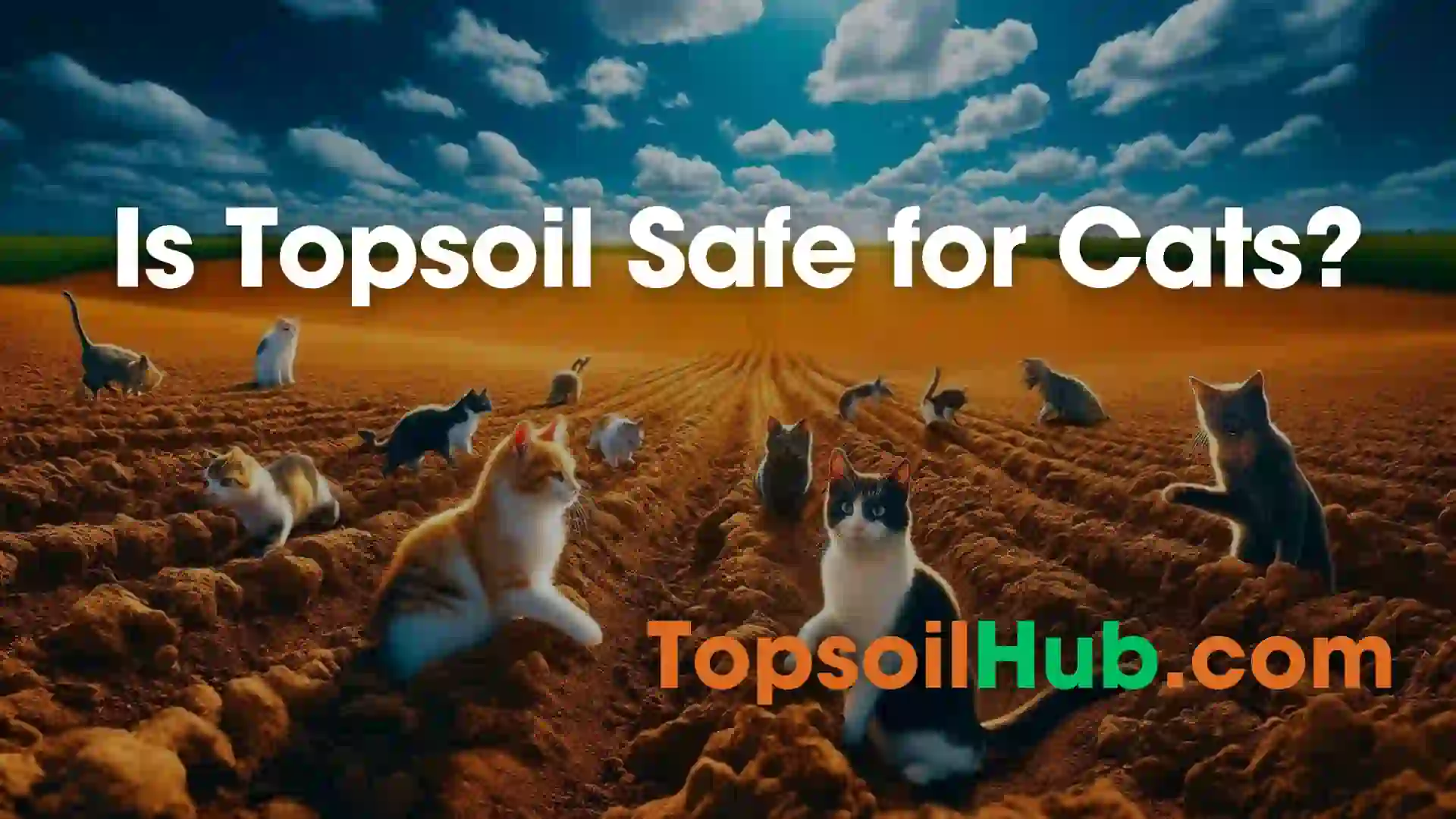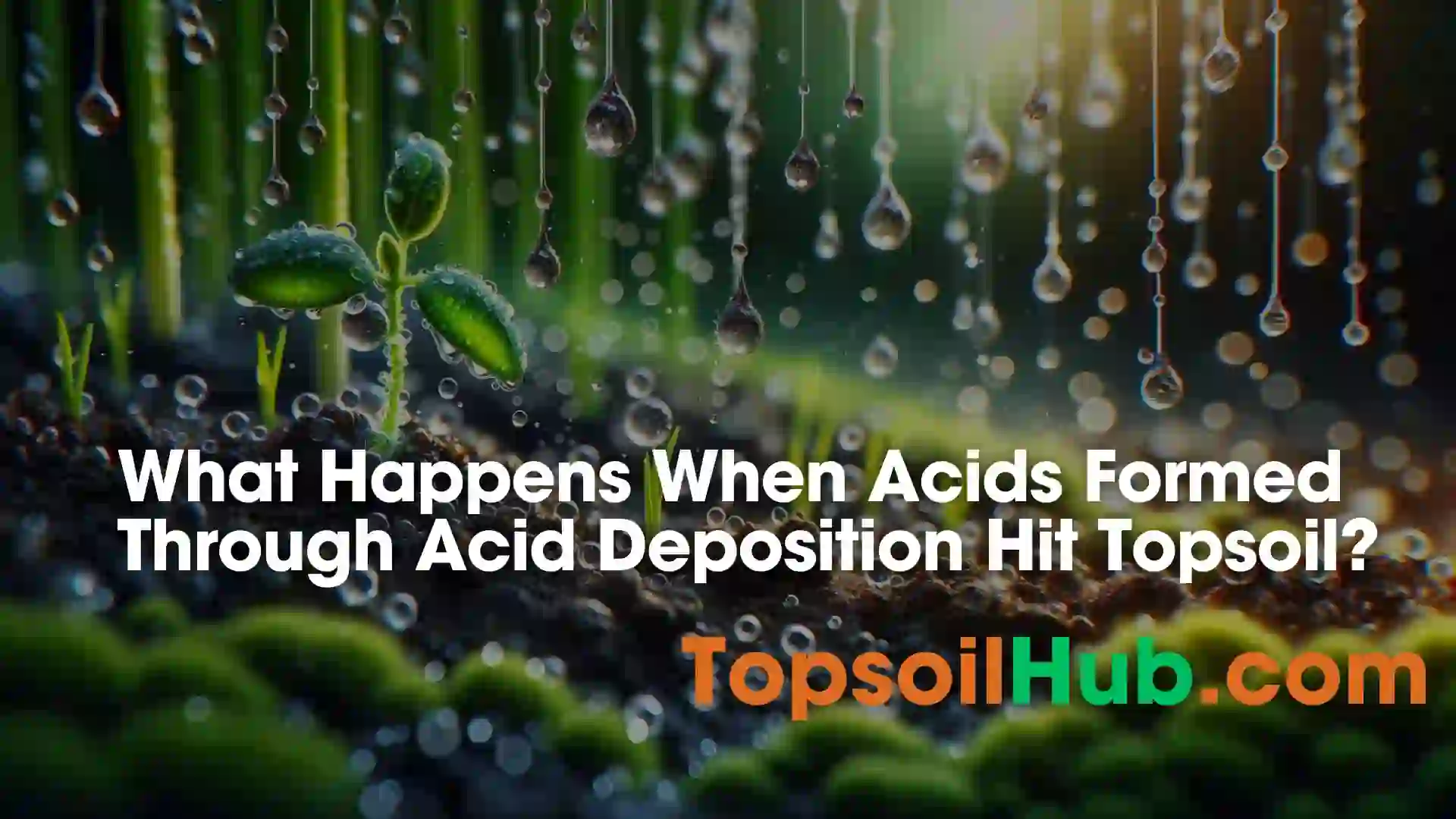Is Topsoil Safe for Cats?
If you are a cat owner and enjoy gardening, you might be curious about whether topsoil is safe for your furry friend. Although topsoil can be a valuable addition to your garden, it is essential to understand the potential health risks it poses to your cat.
In this blog post, we will explore the question, “Is topsoil safe for cats?” and discuss the potential risks and precautions associated with its use. We will also provide some tips on how to create a cat-friendly garden that you and your feline companion can enjoy.
Is Topsoil Safe for Cats? – Quick Answer
No, topsoil is not safe for cats. This is due to the fact that topsoil contains chemicals, such as fertilizers and pesticides, that can be toxic for cats. In addition, topsoil can also be contaminated by bacteria and other pathogens that are harmful to cats. In addition, cats can also be allergic to certain plants found in topsoil, resulting in skin allergies as well as other health problems.
Why is Topsoil Dangerous for Cats?
Topsoil can pose several risks to cats, including ingestion and exposure to harmful substances. Cats are curious creatures and may be tempted to eat topsoil, which can cause gastrointestinal distress, vomiting, and diarrhea. In addition, topsoil can contain harmful substances such as pesticides, fertilizers, and chemicals that can be toxic to cats.
There are certain factors that can make topsoil potentially unsafe for cats:
1. Chemical Contaminants:
One of the primary concerns with topsoil is the possibility of chemical contaminants. Topsoil may contain traces of fertilizers, pesticides, herbicides, or other chemicals that are commonly used in gardening practices. These chemicals, if ingested by cats, can be toxic and pose a risk to their health.
2. Foreign Objects and Pathogens:
Another potential risk associated with topsoil is the presence of foreign objects or pathogens. Cats are curious creatures that may explore and dig through the soil. Sharp objects, such as broken glass or metal fragments, can cause injuries if accidentally ingested. Additionally, topsoil may harbor harmful bacteria, parasites, or fungi that could lead to infections or other health issues.
3. Allergic Reactions:
Cats can also be allergic to certain plants found in topsoil, resulting in skin allergies as well as other health problems. Some common plants that can cause allergic reactions in cats include chrysanthemums, daisies, lilies, marigolds, and roses.
How to Prevent Topsoil Poisoning in Cats?
To keep your cat safe, it’s important to take precautions when using topsoil in your garden. Always read the label of any topsoil product you purchase to ensure it doesn’t contain harmful substances. If you’re using topsoil from your own yard, make sure to test the soil for contaminants and avoid areas where chemicals may have been used.
In addition, consider providing a designated area for your cat to play and relax in your garden that is free from topsoil. This can help reduce the risk of ingestion and exposure to harmful substances.
To ensure the safety of your feline friend, it is essential to take certain precautions when using topsoil in your home or garden:
1. Choose Organic and Chemical-Free Topsoil:
Opt for organic topsoil that is free from chemical additives, pesticides, and herbicides. This reduces the risk of your cat coming into contact with harmful substances. Check the product labels and opt for topsoil specifically labeled as safe for pets.
2. Screen the Topsoil:
Before using topsoil, thoroughly inspect it for foreign objects, such as sharp debris or potential hazards. Consider sifting or screening the soil to remove any potential dangers.
3. Supervise Outdoor Activities:
If your cat spends time outdoors, closely supervise their activities when they are near areas with topsoil. Prevent them from digging or coming into direct contact with the soil to minimize the risk of ingestion.
4. Regular Veterinary Check-ups:
Schedule regular veterinary check-ups for your cat. Routine examinations and preventive care can help identify any potential health issues early on and ensure your cat’s overall well-being.
How to Create a Cat-Friendly Garden?
While topsoil can be dangerous for cats, it doesn’t mean you have to give up on gardening altogether. You can still create a beautiful and cat-friendly garden that both you and your feline companion can enjoy.
Here are some tips on how to create a cat-friendly garden:
1. Choose Cat-Safe Plants:
Avoid planting any plants that are toxic or allergenic to cats in your garden. Some examples of cat-safe plants include catnip, catmint, lavender, mint, rosemary, thyme, and grasses. You can also plant some flowers that are safe and attractive for cats, such as snapdragons, sunflowers, zinnias, and pansies.
2. Provide Shelter and Shade:
Cats love to lounge and nap in the sun, but they also need shelter and shade to protect them from the heat and the elements. Provide some cozy and comfortable spots for your cat to rest in your garden, such as a cat house, a hammock, a bench, or a tree. You can also add some cushions, blankets, or toys to make it more inviting for your cat.
3. Add Water Features:
Cats are fascinated by water and may enjoy playing with or drinking from water features in your garden. You can add a fountain, a birdbath, a pond, or a sprinkler to your garden to provide some fun and hydration for your cat. However, make sure the water is clean and safe for your cat to drink, and avoid using any chemicals or additives that could harm your cat.
4. Create a Cat Playground:
Cats are playful and curious animals that need stimulation and exercise. You can create a cat playground in your garden by adding some elements that appeal to your cat’s senses and instincts. For example, you can add some scratching posts, tunnels, bridges, platforms, or toys to your garden to provide some entertainment and challenge for your cat. You can also plant some herbs or grasses that your cat can nibble on or roll in.
Conclusion
In conclusion, topsoil is not safe for cats and can pose some risks to your cat’s health. By taking appropriate precautions and choosing organic and chemical-free topsoil, you can reduce the risk of topsoil poisoning in cats. You can also create a cat-friendly garden that both you and your feline companion can enjoy. Remember to closely supervise your cat’s outdoor activities and prioritize their health and safety above all else.
We hope you found this blog post helpful and informative. If you did, please share it with other cat owners who love gardening. Also, feel free to leave a comment below and let us know what you think. And don’t forget to subscribe to our blog. Thank you for reading! 😊







